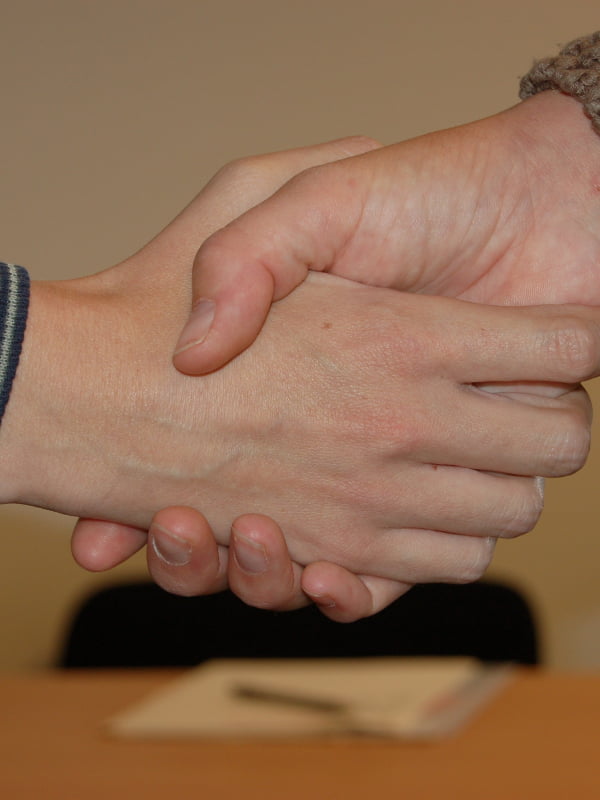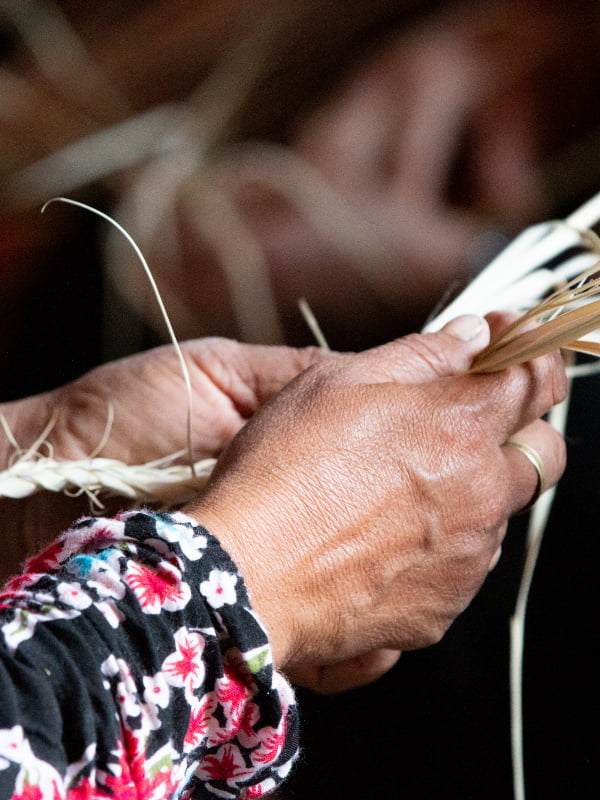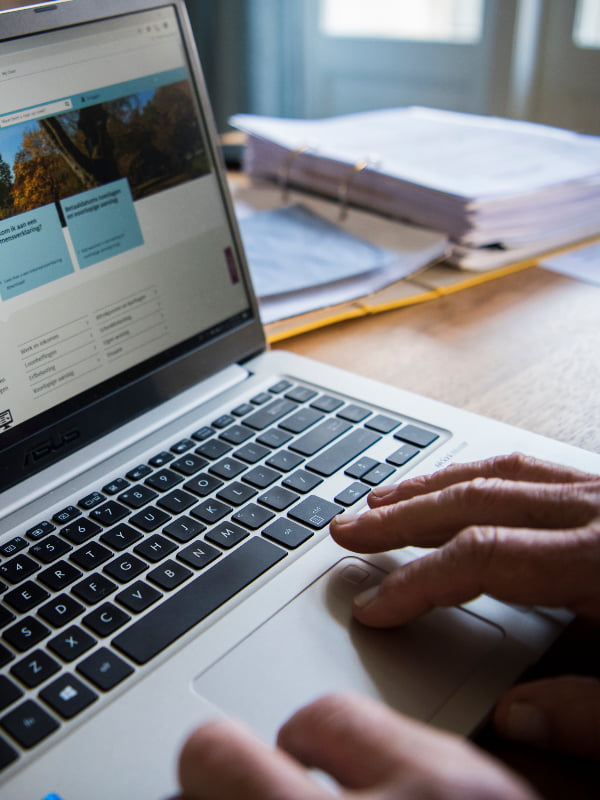Landfall of offshore wind energy: from sea to land
We bring the electricity generated by offshore wind farms to land. We call this ‘landing’. We do this at various locations in the Netherlands. But where does the offshore wind energy land? Does this perhaps also happen in your area? And how exactly does this work?
How does electricity get from sea to land?
The electricity from offshore wind farms is transported to land via power cables and/or used to produce hydrogen which is transported via dedicated pipelines. There, the electricity must connect to the onshore high-voltage grid, the hydrogen network or directly to large industrial consumers, such as companies.
Learn more about the steps required to connect the cables and pipelines (in Dutch)
Growth of offshore wind energy
We are increasingly bringing electricity generated from offshore wind to land. In the period up to and including 2032, the total capacity of offshore wind farms generating energy in the Dutch North Sea must grow from 4.7 gigawatts (GW) at end 2023 to 21 GW. Between 2031 and 2040, an additional 29 GW will be installed, with a further 20 GW added between 2041 and 2050. This will bring us to 70 GW of installed offshore wind capacity in 2050.
The North Sea Programme 2022-2027 concerns the spatial planning of the North Sea. It also includes the new wind energy areas that are planned for development to help us achieve our offshore wind growth ambitions.
Currently, 2 government programmes are investigating the routes and locations for landings from sea to land: PAWOZ-Eemshaven and VAWOZ.
Landing in Eemshaven (PAWOZ-Eemshaven)
The Eemshaven Offshore Wind Energy Connection Programme (Programma Aansluiting Wind Op Zee – Eemshaven , PAWOZ-Eemshaven) is investigating 2 components:
- Options to connect the offshore wind farms planned for the Ten noorden van de Waddeneilanden and Doordewind Wind Farm Zones to the high-voltage grid or hydrogen network in Eemshaven in 2032.
- Options to connect future offshore wind farms to the high-voltage grid or hydrogen network in Eemshaven (you can read about these options later in the VAWOZ 2031-2040 Programme).
In short, it is already known where the wind energy will come ashore (Eemshaven), but not yet via which routes. The programme follows a strict procedure in which it carefully considers the environment.
More information about PAWOZ-Eemshaven, official documents and consultation (in Dutch)
Research into new landing locations (VAWOZ)
The Programme for the Investigation into Landfall Options for Offshore Wind Energy (Programma Verbindingen Aanlanding Wind Op Zee, VAWOZ) is investigating promising cable routes and connection locations to shore to connect the 29 GW planned between 2031 and 2040. The programme is also investigating promising locations on land for facilities to produce hydrogen from the electricity generated by offshore wind farms. The programme is investigating approximately 15 locations in the following regions:
- Noord-Holland
- Zuid-Holland
- Zeeland
- Noord-Brabant
- Limburg
More information about VAWOZ, official documents and consultation (in Dutch)
What will the offshore grid look like in the coming years?
The Development Framework for Offshore Wind Energy describes the design, construction, availability and lifespan of the offshore grid. This provides developers of offshore wind farms with advance clarity about the planning and preconditions for the development of offshore wind energy in the Netherlands.
The offshore grid is there to bring the electricity generated by offshore wind farms to land. The wind farms are connected to it. Choices in the design of the grid therefore influence the design of offshore wind farms.
The Development Framework changes when necessary. For example, when new wind farm zones are created. You can find more information about the changes in the Letter to Parliament. TenneT has been the grid operator of the offshore grid since 2016.
Want to know more?
Do you want to know more about plans for new offshore wind farms and offshore energy infrastructure? You can find more information about this on the pages below.
Questions about offshore wind energy?
Mail woz@rvo.nl
- Ministry of Climate Policy and Green Growth



